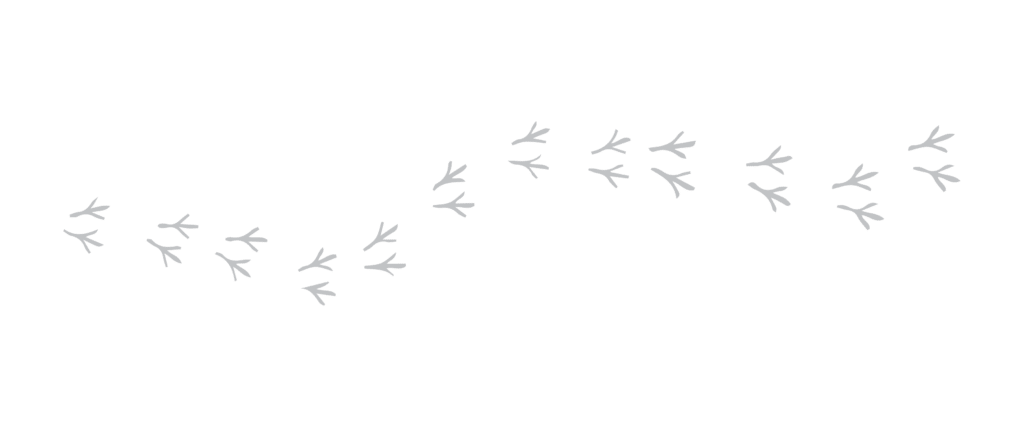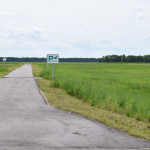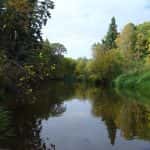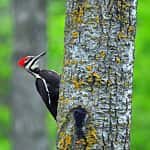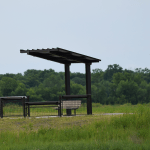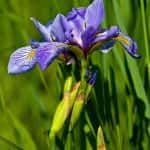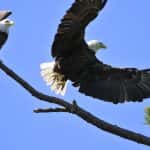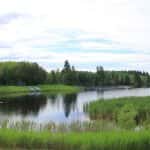BIRDING
IN NORTHERN MINNESOTA
Welcome to Northwestern Minnesota where a unique collection of habitats provide homes for a tremendous variety of birds. Pine forests, deciduous woodlands, native tallgrass prairie, aspen parkland, sand dunes (remnants of Glacial Lake Agassiz), calcareous fens, bogs, marshes, large and small lakes and rivers make up the transition zone that offers over 275 species of birds. Most of the sites are on public land or private reserves open to the public.
Some of the unique “lifers” you can see here include the Northern Goshawk, Ruffed Grouse, Greater Prairie-Chicken, Yellow Rail, American Woodcock, Snowy Owl, Northern Hawk Owl, Great Gray Owl, Three-toed and Black-backed Woodpeckers, Boreal Chickadee; Bay-breasted, Connecticut and Mourning Warblers; Red and White-winged Crossbills and Pine and Evening Grosbeaks.
DAY TRIP
Ideas
As Shakespeare said: “The Earth has music for those who listen”.
-

WAKE UP EARLY AND WATCH THE SUNRISE
...then spend the day bird watching on Minnesota’s Pine to Prairie Birding Trail. Northern MN is home to a tremendous variety of birds because of our unique habitats. There are 15 designated viewing sites within an hour drive from Roseau. Request an official birding guide by contacting roseaupromotions@mncable.net
-

AGASSIZ NATIONAL WILDLIFE REFUGE
Explore the refuge offering 61,500 acres of diverse birds, wildlife and plant life. Over 295 bird and 49 mammal species have been observed rightfully making it one of the 50 best places to observe wildlife and one of the 100 best places to observe birds according to the National Wildlife Foundations. Site #12 on the Pine to Prairie Birding Trail. Did you know 80% of the world lives in an area where they cannot see the stars clearly at night? End the night by taking a peek up at the stars and stargazing.
-

LOST RIVER STATE FOREST
The Lost River State Forest borders Manitoba, Canada and is known as a good birdwatching location. Here you will have opportunities to view great gray owls as well as other birds. Hiking and snowmobile trails are available in the area.
-

ROSEAU BOG OWL MANAGEMENT UNIT
See a great collection of these beautiful birds….Great Gray Owl, Northern Hawk Owl, Boreal Owl, Northern Saw Whet Owl, Great Horned Owl, Spruce Grouse. Look for these various owls on 8,960 acres of peat bog covered with black spruce, tamarack and cedar. Enjoy a peaceful hike with beautiful bird siting!
-

NORRIS CAMP
This camp is the headquarters of the Red lake Wildlife Management Area. One of the last Civilian Conservation Corps and Resettlement Administration camps in the nation in operational condition. It is listed as a historic place on the National Register Museum site and is an excellent stop for bird watchers.
WHERE TO FIND BIRDS
-
HUNTER WALKING TRAILS
We have a network of hunter walking trails on Roseau River WMA in 3 locations: (a) Pool 3 (https://files.dnr.state.mn.us /hunting/hwt/ hwt00172_pool_3_hwt.pdf ; (b) River Route (https://files.dnr.state.mn.us/ hunting/hwt/ hwt00175_river_route_hwt.pdf); (c) Headquarters North (https://files.dnr.state.mn.us/ hunting/hwt/ hwt00157_headquarters_north_hwt.pdf). These trails offer moderate-to-easy walking through mixed aspen-conifer forest.
-
WMA DRIVING TOUR
Take a driving tour of the WMA’s dike road system (see visitor map on the DNR website—link provided above) during the annual Wildlife Drive, which is held for a 9-day period [2 weekends and intervening week] and the 2 weekends following the week of the Roseau County Fair. This drive allows visitors to see the bird life in the vast marshes contained within the dike system. Canada geese, trumpeter swans, great blue herons, and riggnecked ducks are some of the common species.
-
JUNEBERRY ROAD
Juneberry Road (see visitor map on DNR website): this is a driving tour of a large mosaic of sedge meadows, brushland, shallow marshes, and aspen groves along Roseau County Road 7 northwest of Greenbush, MN. This part of the WMA features species such as sharptailed grouse, sandhill cranes, yellow warblers, and sora rails.
